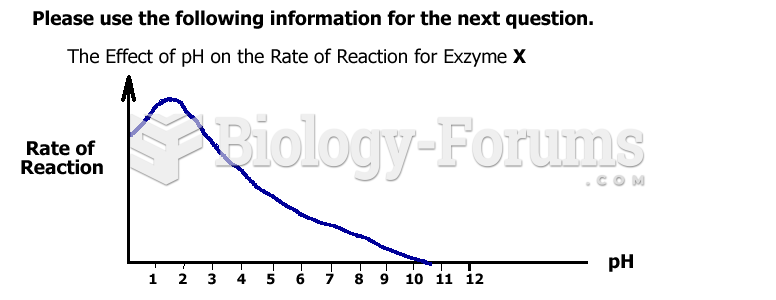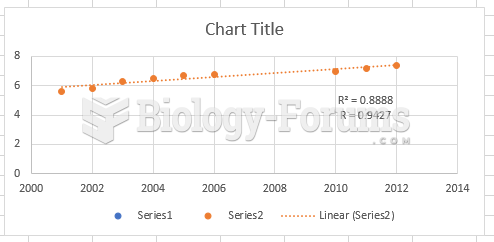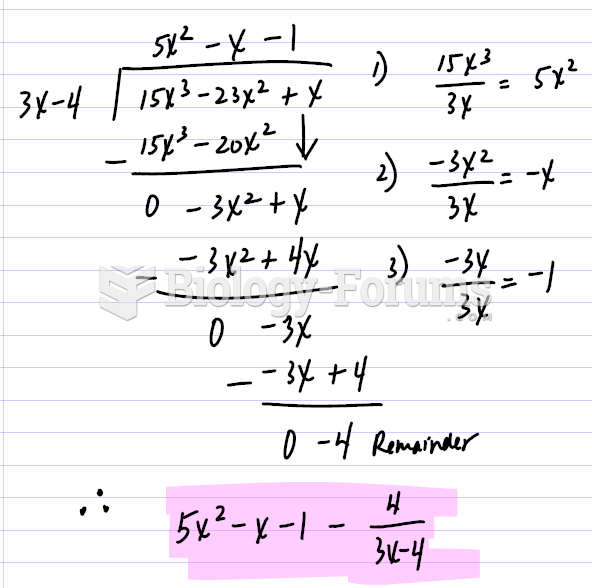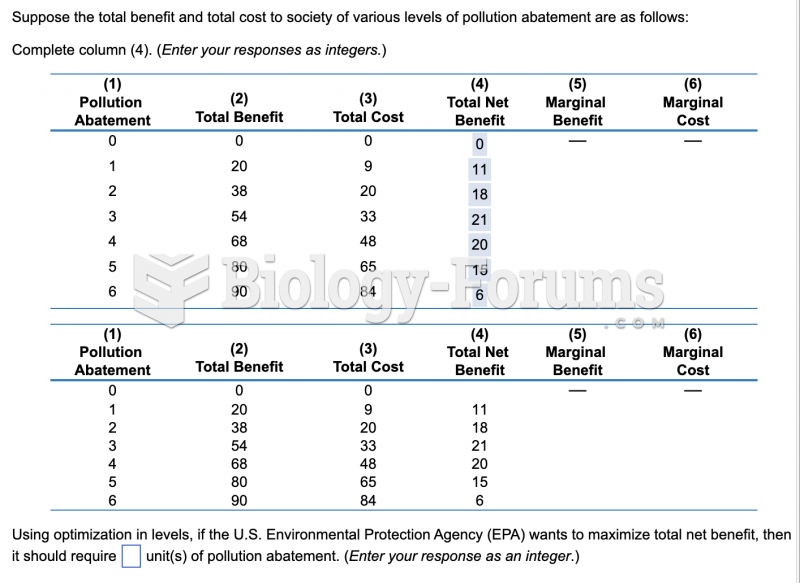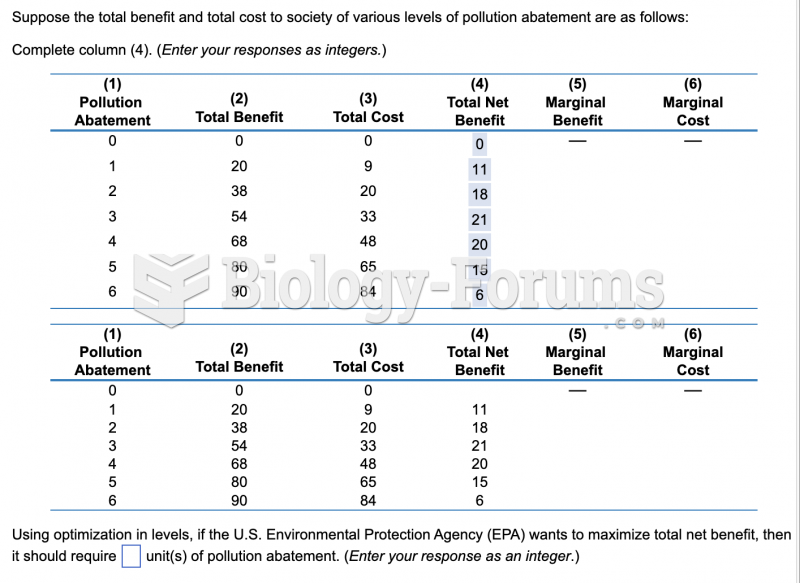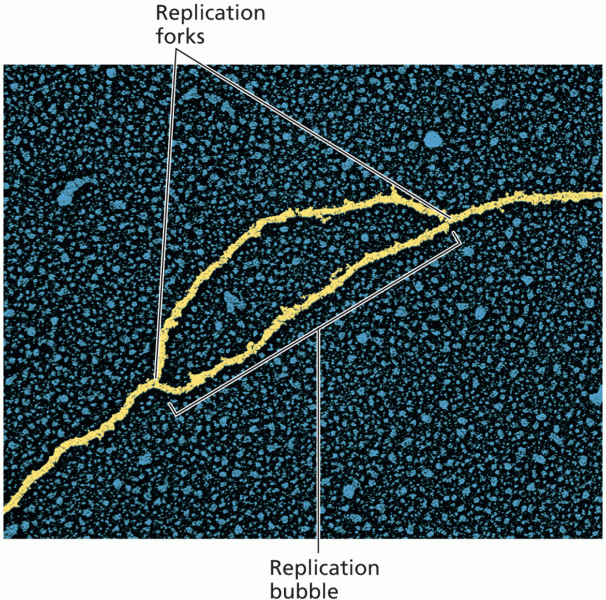Answer to Question 1
The North American Free Trade Agreement was signed by leaders of Canada, the United
States, and Mexico in 1993 and was ratified by Congress in early 1994 . NAFTA establishes free trade between these three countries and provides the way the agreement is to be interpreted. NAFTA states that the objectives of these three countries is based on the principles of an unimpeded flow of goods, most favored nation (MFN) status, and a commitment to enhance the cross-border movement of goods and services. MFN status provides the lowest duties or customs fees, if any, and simplifies the paperwork required to move goods between the partner countries. Even though the U.S.-Canada Free Trade Agreement has been in effect for some time, certain trade barriers still remain. For example, many U.S. companies do not recognize certain French-English requirements for packaging and ingredient labeling.
The supply chain constraints will eventually be eliminated as NAFTA experience grows. Computerized customs information systems are currently operating in the United States and Canada, with Mexico a few years behind. The electronic transfer of information for NAFTA shipments into Mexico will speed the border crossing and improve logistics service.
In the long run, the goal of NAFTA is to create a better trading environment; but in the short run, it has created some confusion due to the recordkeeping required to prove the origin of the product to obtain favorable tariff treatment. NAFTA's goals involve making the needed structural changes to operate a borderless logistics network in North America. Information systems, procedures, language, labels, and documentation are being redesigned. As new markets and supply sources develop, new transportation and storage facilities as well as intermediaries will need to be developed.
Answer to Question 2
F
A fixed parameter is one for which the value is specified by the analyst or software.


